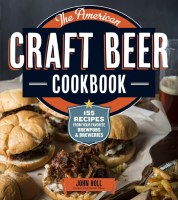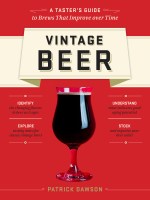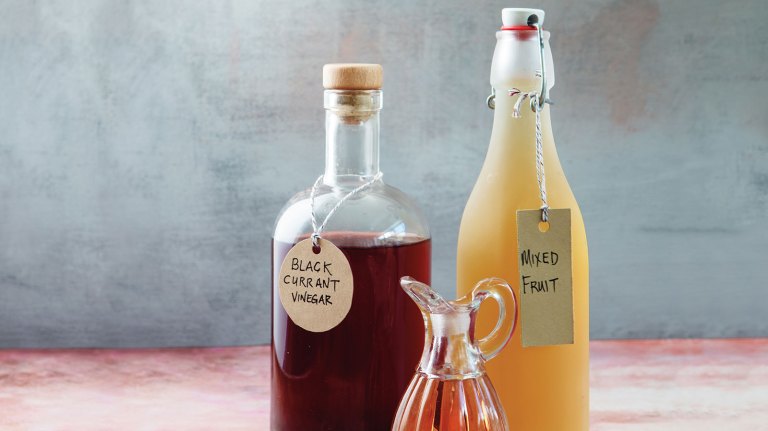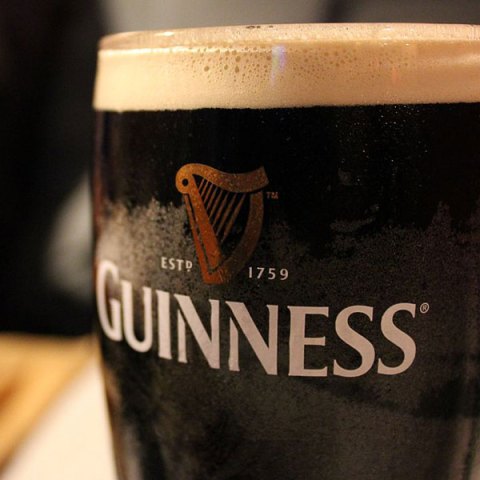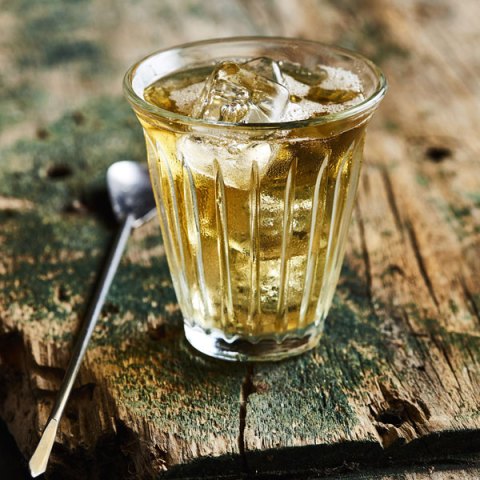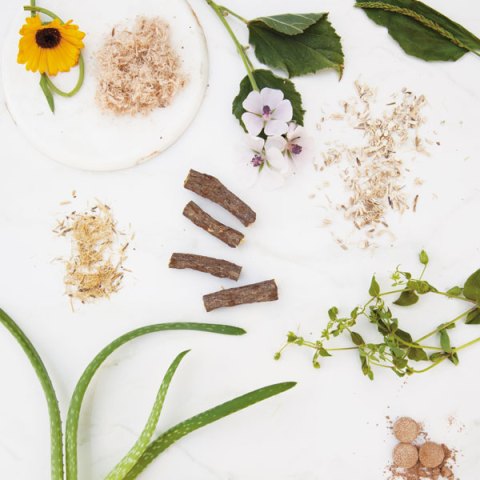Beer for All Seasons: Rise of the Pumpkin Pint
Enjoy a brief history of this fall favorite, including its surprising early American roots, while savoring your favorite pumpkin pint courtesy of Beer for All Seasons author Randy Mosher.
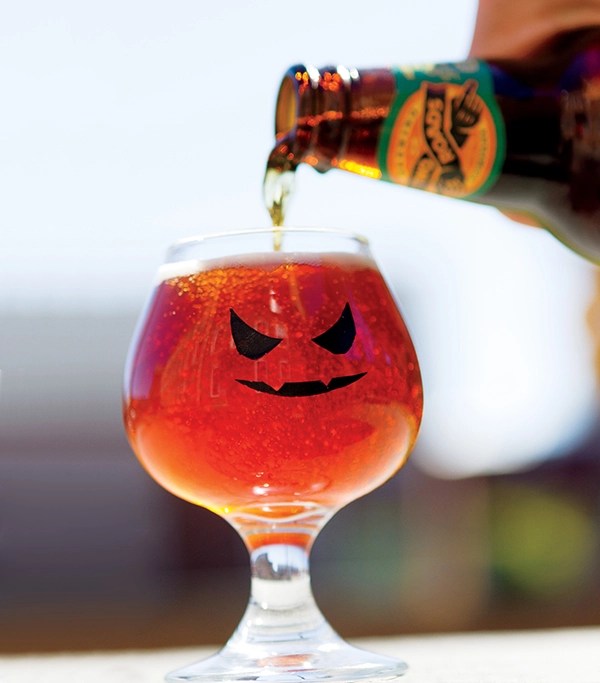
The North American colonies were an inhospitable place for beer. Malt was in short supply, as New England and the southern colonies were poorly suited to barley cultivation. Hops were rarely grown in the colonies, and they did not often arrive in good condition when imported. It’s no wonder that most people drank spirits or cider. Nevertheless, there was a demand for beer as a cheap and safe source of hydration and calories. Some beers, as George Washington’s famous handwritten recipe shows, used molasses or other sugar as a source of fermentables. Almost every conceivable ingredient was used to create alcohol and add flavor to these rustic beers. Pumpkin, often preserved by drying, was one of them. With the industrialization of the country and the arrival of the Germans, with their well-developed brewing culture and technology, rustic beers with ingredients like pumpkin were forgotten.
Fast-forward 200 years or so. In 1982, a young entrepreneur named Bill Owens opened Buffalo Bill’s Brewpub in Hayward, California; by 1986, he hit upon the idea of making a pumpkin beer. While the pilot batches were brewed with actual pumpkin, Owens found that the classic pie spices of cinnamon, nutmeg, allspice, and others were key to creating a pumpkin beer flavor, so the actual pumpkin was dropped from his production batches. Success grew beyond the confines of his pub and spawned a whole tradition of releasing pumpkin beers in the early fall.
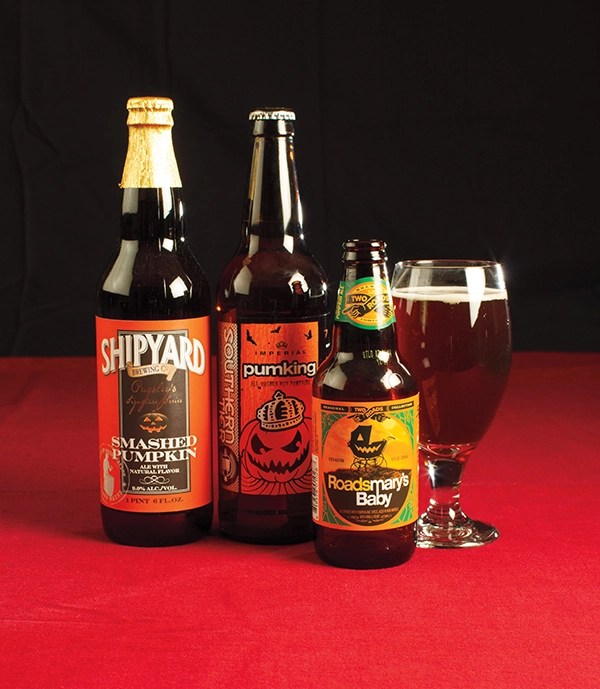
A typical pumpkin beer will be a deep orange-ish amber in color, moderate in gravity and alcohol, and only lightly hopped. While most do contain some pumpkin, the vegetable’s delicate flavor is almost always masked by the added pie spices. In fact, the overbearing nature of the spices is a frequent subject of debate on the online beer forums, because it can be problematic from a drinkability standpoint. Most feel a light touch makes the best beers. At their best, pumpkin beers should have a complex, delicate spiciness, a creamy texture, rich caramelly notes, and, yes, even a hint of the pumpkin itself.
Excerpted and adapted from Beer for All Seasons © by Randy Mosher.
Learn More
For everything there is a season — and beer is no exception. Best-selling author Randy Mosher leads you on a delicious tour of beer-tasting opportunities throughout the year, guiding you through all the best seasonal beer releases and festivals. Discover which beers are best to drink on warm spring afternoons or icy winter nights, and learn to make the most out of Craft Beer Week and Oktoberfest. Fun, fresh, and full of insider information, Beer for All Seasons will have you enjoying the varied delights of your favorite beverage year-round.




